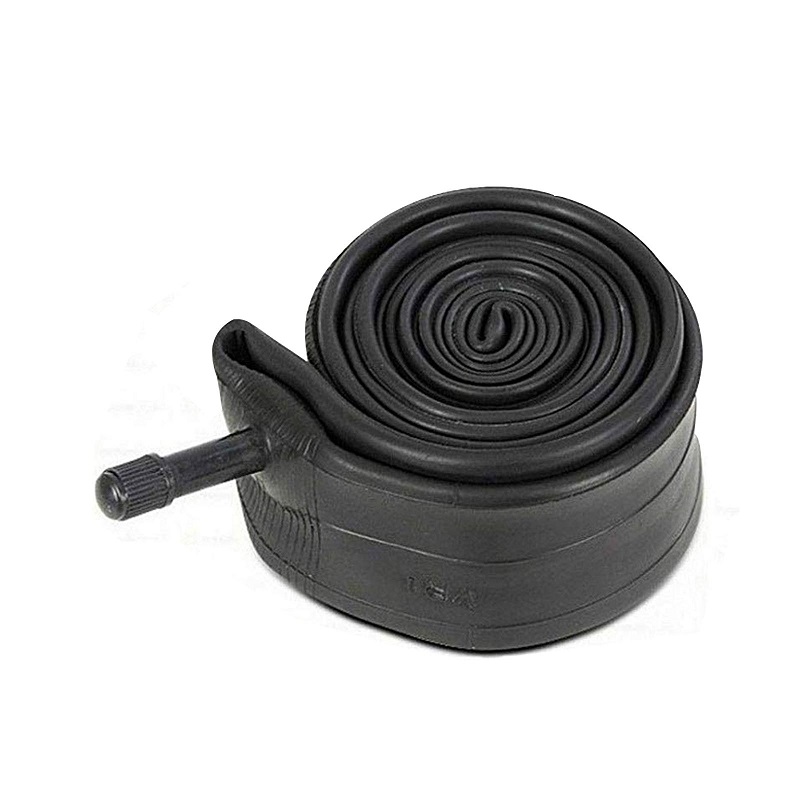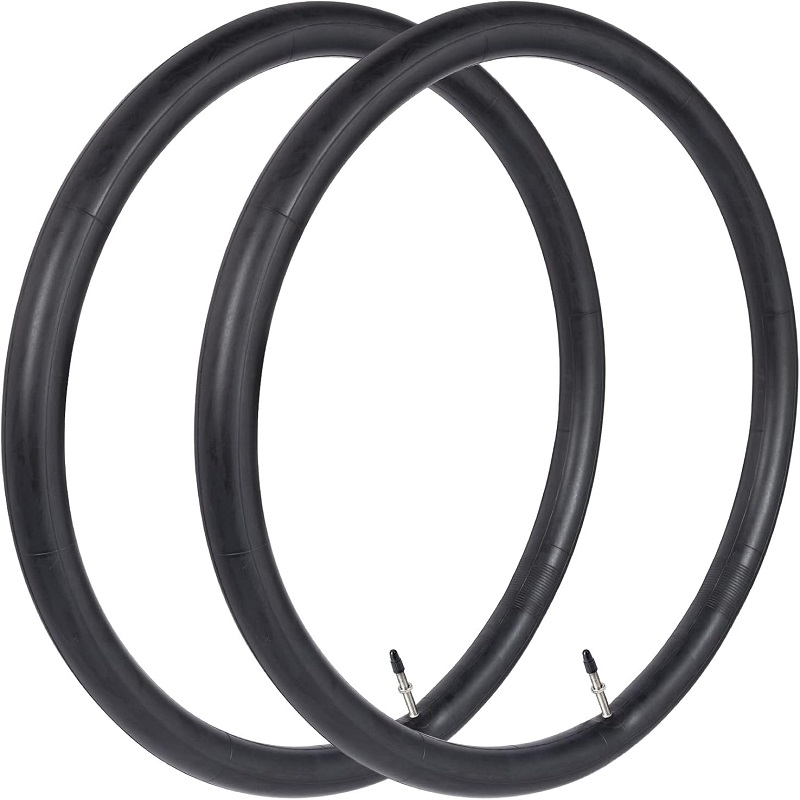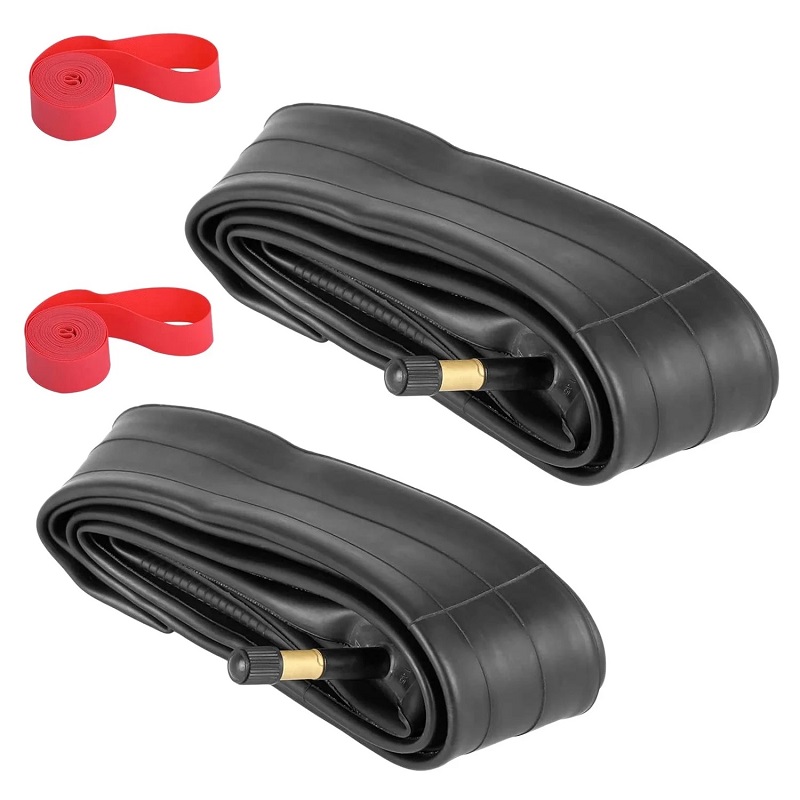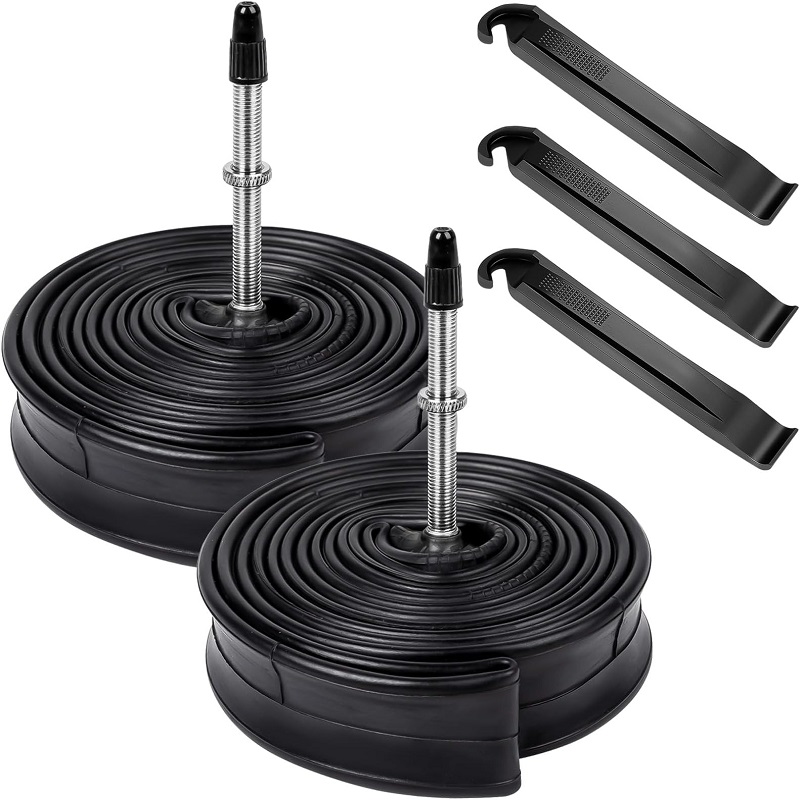Introduction
Maintaining your road bike tubes is crucial for a smooth and enjoyable cycling experience. Your bike tubes play a significant role in your bike’s performance, offering support and pressure that affects your ride quality. Therefore, neglecting your tubes can lead to flats and other issues that disrupt your rides and create unnecessary frustration.
In this guide, you will discover the fundamentals of road bike tube maintenance, such as tips on how to inspect, repair, and replace your tubes effectively. By following these recommendations, you’ll not only extend the life of your road bike tubes but also enhance your overall cycling experience. Essentially, a well-maintained bike tube can make your journeys safer and more enjoyable.
Understanding Your Road Bike Tubes
Types of Road Bike Tubes
Before diving into maintenance, it’s essential to understand the different types of road bike tubes available on the market.
- Standard Tubes: These are the most common type and are made of rubber or butyl. They are affordable and straightforward, making them suitable for everyday cycling needs.
- Lightweight Tubes: Often used in competitive cycling, lightweight tubes are made from materials like latex, which reduces weight and rolling resistance. However, they require more maintenance and are more prone to punctures.
- Puncture-Resistant Tubes: These tubes are designed with extra protection, often featuring a thicker rubber or special materials that prevent punctures. While they may add extra weight, they can save you from frequent flats.
Understanding these types will help you choose the right road bike tubes based on your needs and riding style. Consequently, knowing the differences allows you to make informed decisions when purchasing new tubes or maintaining your existing ones.
Signs of Tube Problems
Recognizing the signs of issues early can prevent more significant problems down the line. Look for the following signs:
- Frequent Flats: If you are experiencing flats more often than usual, it may indicate that your tubes require attention or replacement.
- Bulges or Imperfections: Check for visible signs of damage, such as bulges or strange shapes, which can impair performance and lead to blowouts.
- Loss of Air Pressure: Regularly check air pressure. A tube that loses pressure quickly indicates it may have a slow puncture or material fatigue.
By staying vigilant and knowing what to look for, you can catch potential problems before they escalate, ultimately saving time and money on repairs.

Inspecting Your Road Bike Tubes
Regular Checks
Regular inspections of your road bike tubes can help identify problems before they escalate. Here’s how to do it effectively:
- Visual Inspection: Always visually inspect your tubes for signs of wear and tear before heading out on a ride. Look for cracks, wear marks, or any visible punctures.
- Check for Leaks: To check for air leaks, inflate the tube and submerge it in water. Look for bubbles indicating a puncture or leak.
- Tire Bed Checks: Inspect the inside of the tire bed as well. Sometimes, sharp objects or debris remain lodged in the tire, which can cause punctures to the tubes.
Regular inspections keep your road bike tubes in good shape. Moreover, they provide peace of mind while riding, knowing that you have taken precautions against potential issues.
Cleaning Your Tubes
Keeping your tubes clean is essential to their longevity. Here’s a basic cleaning routine:
- Wiping the Tubes: Use a damp cloth to wipe down the exterior of the tubes. Dirt and grime can accumulate, which may cause wear over time.
- Avoid Harsh Chemicals: When cleaning, avoid harsh chemicals that can erode the rubber or other materials. Instead, opt for mild soap and water.
- Dry Thoroughly: After cleaning, make sure to dry the tubes thoroughly before putting them back on the bike. This prevents moisture buildup, which can lead to deterioration.
Implementing these cleaning routines will help maintain the condition of your tubes. If you take care of them now, they will serve you better in the long run.

Repairing Punctures in Road Bike Tubes
Identifying the Puncture
If you encounter a flat while out riding, it’s crucial to know how to identify and repair it:
- Locate the Leak: After removing the wheel, take the tube out and inflate it slightly. Listen and feel for air escaping to find the leak.
- Mark the Area: Once you locate the puncture, mark the area with a pen or chalk to easily find it during the repair.
Repairing the Tube
Here’s a step-by-step process for repairing your road bike tube:
- Get a Repair Kit: A basic repair kit typically includes patches, adhesive, and sandpaper. Make sure you have one on hand in case of emergencies.
- Prepare the Surface: Use sandpaper or a file to rough up the area around the puncture. This step helps the adhesive bond better with the patch.
- Apply Adhesive and Patch: Apply a thin layer of adhesive around the puncture and on the patch. Wait for a minute or two and then press the patch firmly onto the puncture.
- Let It Set: Allow the adhesive to set as directed before reinflating the tube. This ensures a secure bond that will hold during future rides.
- Reassemble: After the repair is complete, reassemble the tube back into the tire and check for any misalignments.
Learning to repair your own road bike tubes can save you both time and money, allowing you to get back on the road quickly.

Proper Inflation Techniques
Importance of Correct Inflation
Maintaining the correct tire pressure is essential for your road bike tubes. It is critical for performance, handling, and comfort.
- Checking Pressure: Use a reliable gauge to assess pressure before every ride. Each tire has a recommended pressure range printed on the sidewall, and sticking to those numbers is essential.
- Adjusting Based on Conditions: Adjust tire pressure according to riding conditions. For instance, lower pressures can provide better traction in wet weather but may increase the chance of pinch flats. Conversely, higher pressures help with speed on smooth, dry roads.
Inflation Techniques
Follow these guidelines for inflating your tubes:
- Use a Reliable Pump: Invest in a good-quality floor pump or mini-pump. A higher-quality pump will provide accurate inflation and make the process easier.
- Never Overinflate: Overinflating tires can lead to blowouts. Always stay within the recommended pressure range to ensure optimal performance.
- Date of Last Inflation: Track how often you need to inflate your tires. If you find that you need to inflate frequently, it could signal a slow leak that warrants further inspection.
By adhering to proper inflation techniques, you can significantly enhance the performance and longevity of your road bike tubes.

Caring for Your Tubes During Rides
Be Mindful of Your Environment
When riding, being mindful of your surroundings can help protect your tubes:
- Watch for Hazards: Keep an eye out for potholes, sharp objects, or debris on the road. Avoiding these obstacles minimizes the chances of damage or punctures.
- Stay on Paved Roads: If possible, stick to well-maintained paved roads. Riding on rough terrain can increase the likelihood of flats and damage to your tubes.
Proper Parking Techniques
Where and how you park your bike can also affect your road bike tubes:
- Avoid Direct Sunlight: When parked, store your bike in a shaded area. Prolonged exposure to sunlight can degrade the rubber of your tubes and increase the likelihood of damage.
- Secure Your Bike: Use a good lock and secure your bike to minimize the chance of theft. A secure parking spot ensures your bike remains in top shape, free from external threats.
By incorporating these practices, you can prolong the life of your road bike tubes and enjoy a smoother ride.

When to Replace Your Road Bike Tubes
Signs of Wear and Tear
Knowing when to replace your road bike tubes can save you from unexpected flats during rides. Here are some signs:
- Frequent Repairs: If you consistently find yourself repairing your tubes, it may be time for a replacement. Regular repairs might indicate that the tube has reached the end of its lifespan.
- Visible Damage: If you spot cracks, bulges, or other imperfections, it’s best to replace the tube. These issues can lead to more severe problems and compromise the safety of your ride.
- Loss of Air Pressure: If your tubes regularly lose air despite repairs and inspections, it might signify that they are beyond saving.
Replacement Options
When replacing your tubes, consider the following:
- Choose Quality Brands: Invest in high-quality tubes from reputable brands. Quality tubes generally offer better performance and durability.
- Consider Type and Size: Ensure that the new tubes are compatible with your road bike’s wheels. Double-check the size printed on your old tube or consult your bike’s specifications.
- Stock Up: If you frequently go on long rides, consider purchasing multiple tubes. Having a spare tube on hand is always a good idea in case of emergencies.
By being aware of these signs and taking proactive measures, you can ensure that your bike remains safe and efficient.
Conclusion
In summary, proper maintenance of your road bike tubes is vital for optimal performance and enhancing your cycling experience. By regularly inspecting, repairing, and maintaining your tubes, you can extend their lifespan and ensure a smooth ride.
Understanding the different types of road bike tubes and knowing how to repair punctures are essential skills every cyclist should possess. Furthermore, regularly checking your tire pressure, cleaning your tubes, and replacing them when needed will help avoid unexpected issues during your rides.
Incorporating these practices into your cycling routine will not only improve the longevity of your road bike tubes but also enhance your overall riding experience. Ultimately, investing time in your bike maintenance today will allow you to enjoy many more miles of worry-free cycling in the future!
